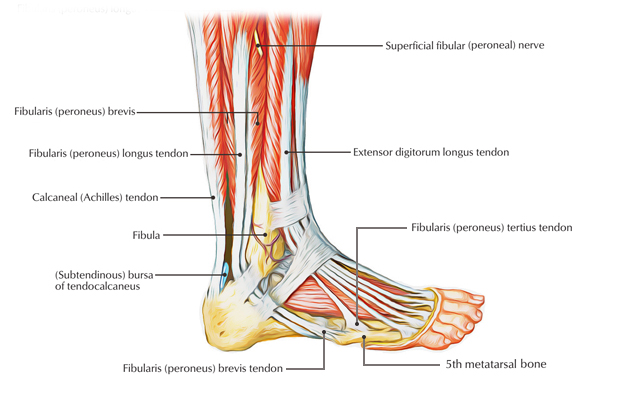
/GettyImages-562597621-56a6da0a3df78cf772908d6b.jpg)
Use the removable walking cast for all weight bearing activities as long as you doctor designates.(note: in cases of slower bone healing, the treatment may take another 4-8 weeks)

(note: in some cases, the treating doctor may allow a surgical shoe instead of the removable walking cast) Removable walking cast – weight bearing allowed.Please click here to read the Foot and Ankle Surgery Department’s comprehensive patient resource on foot and ankle fractures and their treatment. Some medications (such as prednisone and anti-inflammatory medications).Excess weight bearing (when weight bearing is allowed).Premature weight bearing (when non-weight bearing has been recommended).It is possible for these factors to severely slow the bone healing process or even result in non-healing of your fracture: Change in shoe size or inability to wear desired footwearĪlso, keep in mind that there are a number of factors that can impair bone healing.Transfer of pain, fracture, or callus to new site.Failure or breakage of hardware or implanted materials.Intolerance of hardware or implanted materials.Wound or scar problems (poor or slow healing, thick scar, sensitive scar, unsightly scar).Circulation disturbance of soft tissues or bone (including avascular necrosis of bone).Tendon injury or disruption of tendon function.Complex regional pain syndrome (CRPS or RSD).Growth disturbance (particularly with growth center injuries).Malalignment and deformity (malunion of bone).Failure of bone healing (delayed or non-healing of bone).General complications of foot and ankle fractures may include: Tips and Instructions from the Cast RoomĪlthough 5th metatarsal fractures are typically successfully managed with non-surgical care, there are some potential risks of the fracture and the management of the fracture.Ankle Fracture with Unstable Syndesmosis.Patients with Sensation or Circulation Loss in the Feet.Midfoot Impingement Syndrome and Degenerative Joint Disease of the Midfoot.Excess Body Weight and Foot and Ankle Problems.The foot and ankle surgeon will determine the type of procedure that is best suited to the individual patient. If the injury involves a displaced bone, multiple breaks, or has failed to adequately heal, surgery may be required. Bone stimulation, most commonly used for Jones fractures, may be used as part of the treatment or following an inadequate response to immobilization. A pain-free external device is used to speed the healing of some fractures. Crutches may also be needed to avoid placing weight on the injured foot. Depending on the severity of the injury, the foot is kept immobile with a cast, cast boot, or stiff-soled shoe. The foot and ankle surgeon may use one of these non-surgical options for treatment of a fifth metatarsal fracture: Elevation: The foot should be raised slightly above the level of your heart to reduce swelling.Compression: An elastic wrap should be used to control swelling.Use ice for 20 minutes and then wait at least 40 minutes before icing again. Ice: Apply an ice pack to the injured area, placing a thin towel between the ice and the skin.Until you are able to see a foot and ankle surgeon, the “ R.I.C.E.” method of care should be performed: Because a Jones fracture sometimes does not show up on initial x-rays, additional imaging studies may be needed. The foot will be examined, with the doctor gently pressing on different areas of the foot to determine where there is pain. To arrive at a diagnosis, the surgeon will ask how the injury occurred or when the pain started. Pain, swelling, and tenderness on the outside of the footĪnyone who has symptoms of a fifth metatarsal fracture should see a foot and ankle surgeon as soon as possible for proper diagnosis and treatment. Examples include mid-shaft fractures, which usually result from trauma or twisting, and fractures of the metatarsal head and neck.Īvulsion and Jones fractures have the same signs and symptoms. Other types of fractures can occur in the fifth metatarsal. They are less common and more difficult to treat than avulsion fractures. Jones fractures are caused by overuse, repetitive stress, or trauma. A Jones fracture can be either a stress fracture (a tiny hairline break that occurs over time) or an acute (sudden) break. Jones fractures occur in a small area of the fifth metatarsal that receives less blood and is therefore more prone to difficulties in healing. Avulsion fractures are often overlooked when they occur with an ankle sprain. This type of fracture is the result of an injury in which the ankle rolls. In an avulsion fracture, a small piece of bone is pulled off the main portion of the bone by a tendon or ligament. Two types of fractures that often occur in the fifth metatarsal are: Fractures (breaks) are common in the fifth metatarsal – the long bone on the outside of the foot that connects to the little toe.


 0 kommentar(er)
0 kommentar(er)
